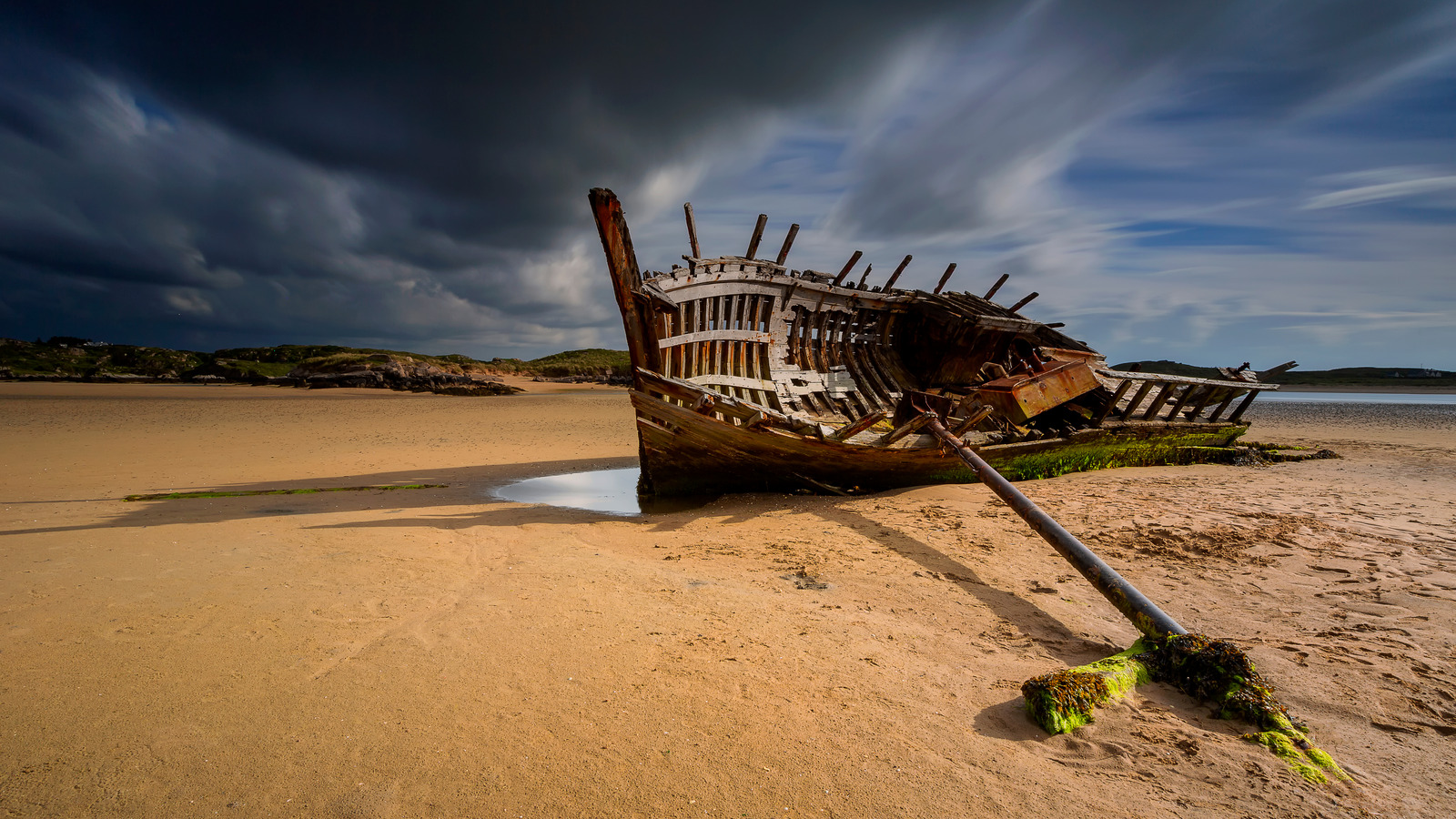
Could it be so easy to find shipwrecks? No recruiting a salty crew of hardened sailors on the cold, gray dock of a far-flung port town with promises of lost gold bullion ferreted away in the secret cargo hold of a long-abandoned vessel? No. But let’s be honest: There’s something to be said for ease and comfort. How easy? Go to Google Earth, find the little search box in the upper left-hand corner, and try typing some coordinates. You can start with, “42, -60.” Bam: Instant Google copyright sign floating in the Atlantic Ocean south of Nova Scotia. It’s not a shipwreck, but we’re getting there.
Read Related Also: ‘You’ll never see her again’: Texas Teacher’s Assistant Still Missing as Family Receives Threatening Text Message
That really is all there is to it. At minimum, you need to enter two coordinates on Google Earth: latitude and longitude, both as decimals. Latitude — measured in degrees — refers to the distance north and south from the equator, with positive numbers heading north and negative numbers heading south. Longitude — technically a measure of time expressed in minutes — refers to the distance west or east from its conventional starting point at Greenwich, England. Eastern positions are expressed in positive numbers and western positions in negative numbers because the Earth rotates west to east. If you want to get more precise just keep adding numbers to the 10th, 100th, 1000th, etc., decimal position, like “79.8567” latitude. If you’re precise and patient enough, you just might find a shipwreck. Or, you might find your own house.









